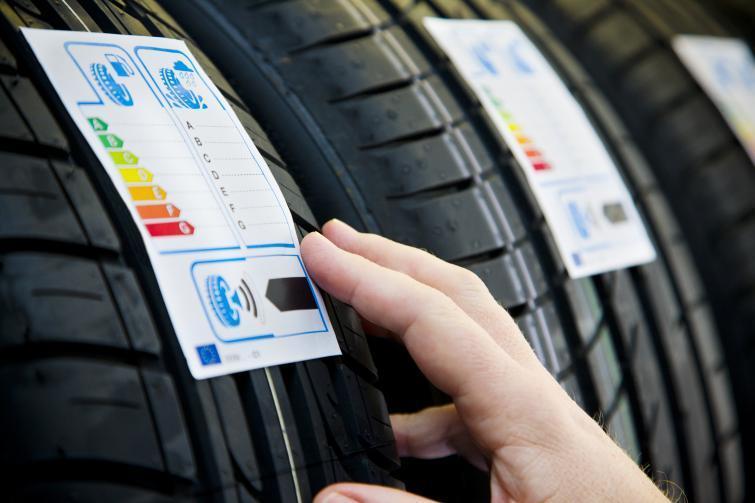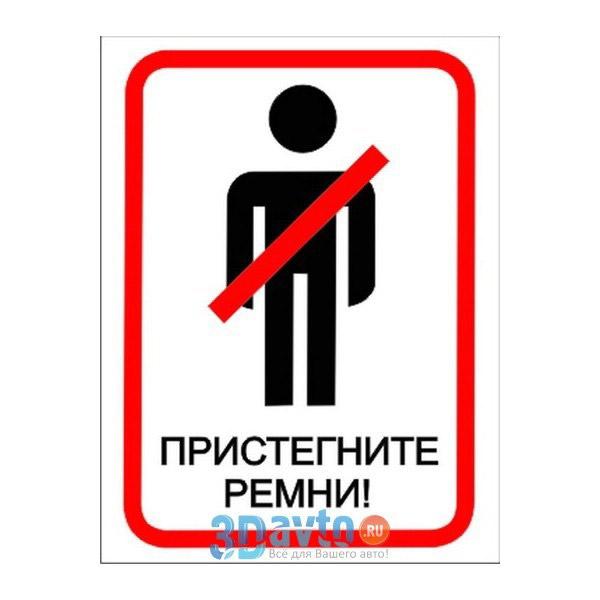
New tire marking - see what's on the labels since November
 From November XNUMX, all new tires sold in the European Union will be marked with new labels. They make it easier for the driver to evaluate tire parameters.
From November XNUMX, all new tires sold in the European Union will be marked with new labels. They make it easier for the driver to evaluate tire parameters.

The custom of labeling goods dates back to 1992, when special stickers for labeling household appliances were introduced in Europe. In their case, the focus was on assessing the level of energy consumption. The equipment is divided into seven classes, designated by letters from "A" to "G". The most economical devices receive a designation similar to "A", those that consume the most electricity - "G". Legible stickers make it easy to compare devices and choose the best one.
Sticker like on a fridge
The new tire labeling system, developed by EU officials back in 2008, will work in a similar way. Over the years, work has been carried out on a unified tire testing system for passenger cars, vans and trucks. During the course of the work, the experts decided, among other things, that the economic properties, in this case the effect on fuel consumption, would not be the only tire characteristic tested and evaluated. The tire label will consist of three parts.
Aluminum rims vs steel. Facts and myths
– This affects fuel consumption through rolling resistance, wet behavior and noise levels. All three depend, among other things, on the type of tread, the size of the tire and the compound from which it is made, points out Andrzej Wilczynski, owner of a tire curing plant in Rzeszów.
Here's what the new tire labels will look like. We marked their individual fields in red.
Rolling resistance and fuel consumption
Goodyear experts explain the importance of the estimated parameters.
The first factor to be evaluated is rolling resistance. This is the term for the energy lost by tires as they roll and deform. Goodyear likens this to an experiment with a rubber ball thrown to the ground from a certain height. It also deforms as a result of contact with the ground and loses energy, eventually stopping bouncing.
Guide: will winter tires be mandatory in Poland?
Rolling resistance is important in terms of fuel consumption. The smaller it is, the easier the tire rolls. A car consumes less gasoline and emits less carbon dioxide. Goodyear experts claim that rolling resistance accounts for 20 percent of fuel consumption. In the case of vehicles with tires belonging to the "G" or "A" segments, the difference in fuel consumption can be up to 7,5%.
Wet grip and stopping distance
To classify a tire for wet grip, two tests are carried out and the results are compared with a reference tyre. The first is to measure the braking performance from 80 km/h to 20 km/h. Secondly, the measurement of the friction force between the road and the tire. This part of the test is performed at a speed of 65 km/h.
See also: all-season tires - apparent savings, increased risk of collision
Tires in the "A" segment are characterized by better road holding, stable cornering behavior and shorter braking distances. The difference in stopping distance between A and G tires can be up to 30 percent. In the case of a car traveling at a speed of 80 km / h, it is as much as 18 meters.
External noise level
The final parameter to be tested is the noise level. Tire engineers place great emphasis on driving as quietly as possible. For this, more and more new treads are being created.
For the new tire marking, the test is carried out with two microphones placed along the road. Experts use them to measure the noise generated by a passing car. The microphones are placed 7,5 m from the center of the road at a height of 1,2 m. Type of road surface.
Summer tires 2012 in the ADAC test. See which ones are the best
According to the results, the tires are divided into three categories. The best of them, with a noise level of at least 3 dB below the acceptable standard, receive one black wave. Tires with a result of up to 3 dB below the norm are marked with two waves. The rest of the tires that make more noise, but do not exceed the permissible limits, will receive three waves.
Etiquette is not everything
Lower rolling resistance reduces fuel consumption and reduces tire noise. But in many cases it also means the tire will be less stable and less grippy, especially in the wet. At the moment, there are no tires on the market that would belong to the “A” segment, both in terms of wet performance and fuel consumption. It is possible that they will soon appear on the market, because the largest manufacturers in the world are already working on finding a solution that allows them to find a compromise between these two parameters.
According to the creators of the tire labels, a single labeling method will allow customers to easily select the best tires on the market that best meet the needs of drivers.
– Unfortunately, the label will not solve all problems. When buying tires, you should also pay attention to other markings stamped directly on the rubber. This includes the date of manufacture, the speed index and the intended use - recalls Andrzej Wilczynski.
First of all, it is imperative to follow the requirements of the car manufacturer, set out in the instructions, for the size of the tires (diameter, profile and width). The key value is the diameter of the entire wheel (rim diameter + tire profile/height - see below). When looking for a replacement, remember that the wheel diameter should be a maximum of 3 percent. smaller or larger than the model specified by the vehicle manufacturer.
We explain what other important tire markings mean. We have highlighted the parameter under discussion in bold:
1. Purpose of the tire
This symbol indicates which type of vehicle the tire can be used on. "R" in this case - a passenger car, "LT" and "C" - a light truck. The letter is placed in the character sequence before the bus width (for example, P/ 215/55 / R16 84H).
2. Tire width
This is the width measured from edge to edge of the tire. Given in millimetres. Do not buy too wide tires for winter. In snow narrower ones are much better. (for example, P/215/ 55 / R16 84H).
3. Profile or height
This symbol indicates the ratio of the height of the cross section to the width of the tire. For example, the number "55" means that the tire height is 55 percent. its width. (e.g. P/215/55/ P16 84N). This parameter is very important, too high or too low a tire on a standard rim size means distortion on the speedometer and odometer.
4. Radial or diagonal
This symbol tells you how the tires were made. “R” is a radial tire, i.e. a tire in which carcass fibers located in the body extend radially across the tire. "B" is a diagonal tire in which the carcass fibers run diagonally and subsequent carcass plies have a diagonal fiber arrangement for increased strength. Tires differ in the structure of the cord layer. In the radial direction, the threads entering the beads are at right angles to the center line of the tread, and the carcass is circumferentially bounded by a non-stretching belt. This structure provides better traction because the tire has better grip on the ground. Unfortunately, it is more vulnerable to damage. (eg P / 215/55 /R16 84H).
5. Diameter
This symbol indicates the rim size that the tire can be fitted to. Given in inches. (e.g. P/215/55/R16 84 h).
6. Load index
The load index describes the maximum allowable load on a single tire at the maximum speed allowed for the tire (which is described by the speed index). For example, index 84 means that the maximum allowable load on the tire is 500 kg. So it can be used (with the other tires the same) in a car with a maximum permissible weight of 2000 kg (for cars with four wheels). Do not use tires with a load index lower than that obtained from the maximum gross vehicle weight. (e.g. P/215/55/R16 84H)
7. Speed index
Specifies the maximum speed at which a vehicle with this tire should be driven. "H" means maximum speed of 210 km/h, "T" - 190 km/h, "V" - 240 km/h. It is best to choose tires with a speed index higher than the maximum vehicle speed specified in the manufacturer's data. (e.g. P/215/55/R16 84H)
Jenjey Hugo-Bader, Goodyear press office:
– The introduction of labels will certainly be useful for drivers, but I suggest you go further when choosing tires. First of all, because the leading tire manufacturers test many more parameters, such as Goodyear as many as fifty. The label only shows how the tire behaves on wet surfaces, we also check how the tire behaves on snow and ice, for example. Additional information about tires helps to better select them based on the needs of the driver. Different tires will be needed by a car that works in the city, another that often drives through the mountains. Driving style is also important - calm or more dynamic. Etiquette is not an exhaustive answer to all drivers' questions.
Governorate Bartosz
photo Goodyear
In preparing the article, materials from the site labelnaopony.pl were used

